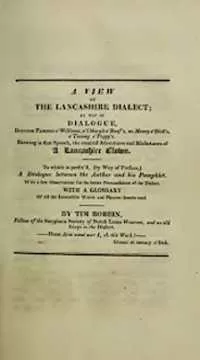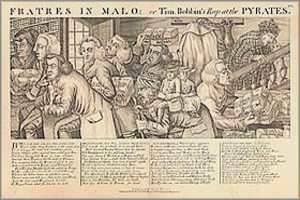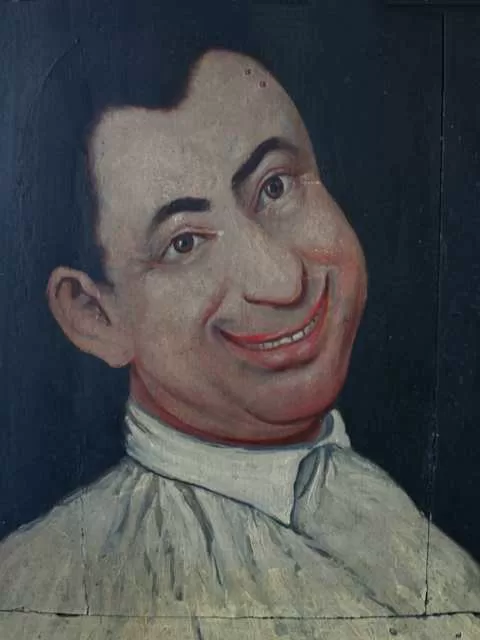Discover the captivating journey of Tim Bobbin, the Lancashire Hogarth, and dialect maestro. Explore the rich heritage of 18th-century Lancashire through his art, satire, and linguistic legacy.
Tim Bobbin: The Lancashire Hogarth and Dialect Pioneer
In the heart of Lancashire, a trailblazer emerged from the quaint village life, forever changing the cultural landscape. Meet John Collier, the Lancashire dialect poet, famously known as ‘Tim Bobbin.’ Born on December 18th, 1708, in Harrison Fold, Newton, Collier’s journey took unexpected turns, leading him from the shadow of his father’s blindness to becoming a celebrated figure.
Collier’s education hit an abrupt halt at fourteen when his father lost his sight. Undeterred, he pivoted from an aspiring scholar to an apprentice with Johnson of Newton Moor, a Dutch-loom weaver. Disliking manual labor, Collier convinced Johnson to release him from the apprenticeship. His path then meandered into itinerant teaching across Oldham, Bury, and Rochdale.

At twenty-one, Collier secured a position as assistant schoolmaster in Milnrow near Rochdale, later assuming the full role. However, his true passion lay in satirical writing, caricatures, and music. In 1740, he published his first poem, ‘The Blackbird,’ a whimsical tale exposing the absurdity of Sabbath superstitions.
Collier’s fame soared as he courted Miss Mary Clay, a graceful beauty from Yorkshire. Their unique engagement involved buying pigs, symbolizing commitment. A wedding gift of three hundred pounds from Aunt Mrs. Pitt set them on a promising path, albeit briefly. Collier’s indulgence drained the funds, but sobriety returned as he provided for his growing family.
Known as ‘The Lancashire Hogarth,’ Collier’s art gained recognition in Liverpool, with his paintings reaching America and the West Indies. In 1746, he released his masterpiece, ‘A View of the Lancashire Dialect,’ a dialogue capturing the essence of local speech. The book’s success prompted a second edition, featuring idiosyncratic illustrations and a glossary, preserving the dialect’s historical nuances.

Collier continued his artistic endeavors, producing ‘Human Passions Delineated’ in 1773, a collection of caricatures and verses. His works, though often attributed to other authors, remain a joy to read. Tim Bobbin’s journey concluded on July 14th, 1786, with his burial in St Chad’s churchyard, Rochdale, marked by a gravestone epitomizing eternal unity.
Explore the legacy of Tim Bobbin, a Lancashire legend whose art, wit, and humor transcended time and left an indelible mark on the region’s cultural heritage.
Uncover the whimsical world of Tim Bobbin and the Lancashire dialect. Dive into his unique perspective on life through caricatures, poetry, and a deep love for the local language. Experience the essence of 18th-century Lancashire through the eyes of a true pioneer.

